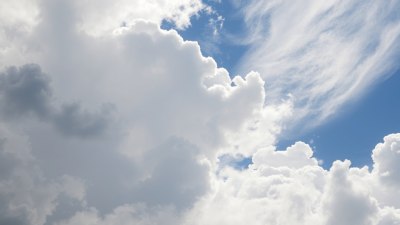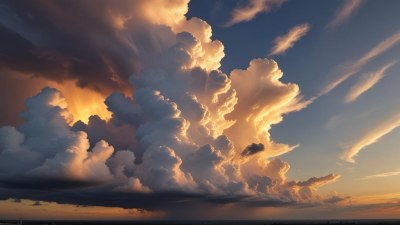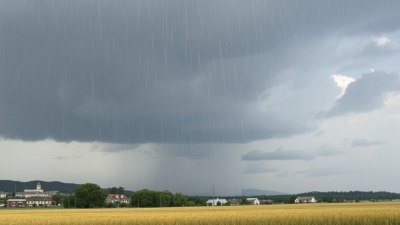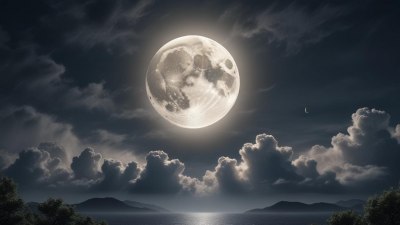What Causes the Sudden Burst of Color in Nature
Explore the fascinating reasons behind nature's sudden bursts of color, from environmental changes to seasonal shifts.
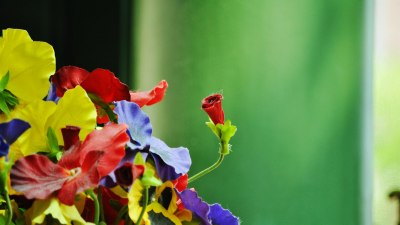
Nature is a magnificent tapestry of colors, each hue meticulously woven into the ecosystems we see every day. Some occasions, however, give rise to sudden and vibrant bursts of color that grab our attention. Understanding what causes these remarkable displays can provide insight into the complexities of our environment.
Seasonal Changes
One of the most significant factors influencing color changes in nature is the transition between seasons. As autumn approaches, deciduous trees begin to change color in a process known as senescence. During this time, chlorophyll—the pigment responsible for the green color in leaves—breaks down, revealing the vibrant reds, oranges, and yellows of carotenoids and anthocyanins. The combination of cool temperatures and less daylight triggers these chemical changes, providing a spectacular, colorful show before leaves finally drop.
Flowering Phases
Flowers are perhaps the most direct and stunning manifestation of color in nature. While many plants bloom in the spring, some species have adapted to produce flowers in bursts at various times. For example, cherry blossoms in Japan create breathtaking arrays of pink hues that capture the attention of millions during hanami season. The timing of these blooms is influenced by temperature, light, and moisture levels, which create a perfect environment for flower development. Pollinators, like bees and butterflies, are drawn to these vibrant blooms, allowing plants to achieve their reproductive success.
Environmental Changes
Environmental fluctuations can also provoke sudden changes in color. For instance, after a rainfall, vegetation can become more vivid and lush, causing an explosion of greens. The moisture helps the chlorophyll in plants to function better, maximizing their absorption of light for photosynthesis. In coastal areas, the arrival of plankton blooms can alter the color of the water, creating mesmerizing shades of blue and green, which, in turn, can attract various marine life.
Pollution and Color Alteration
Interestingly, human activity can alter the colors observed in certain ecosystems as well. The introduction of pollutants in water can produce signs of color change in aquatic life, such as the vibrant hues seen in some algae blooms. These inviting colors can signal rich nutrients, but they can also be a warning of toxicity when red tides or harmful algal blooms occur. These phenomena reflect an imbalance in marine ecosystems often exacerbated by urban run-off and agricultural practices.
Animal Camouflage and Coloration
The animal kingdom showcases another fascinating aspect of color variation. Many animals rely on color for protection, mating, or signalling. Creatures like chameleons undergo sudden changes in color to blend into their surroundings, warding off predators or attracting mates. Furthermore, during the breeding season, animals such as peacocks exhibit vibrant plumage to attract potential partners, presenting a competition of colorful displays.
Phenomena of Natural Light
Natural light conditions can dramatically impact how colors are perceived in nature. During sunrise and sunset, the angle of the sun casts warm golden hues across landscapes, illuminating foliage and creating an enchanting atmosphere. This phenomenon, known as the golden hour, can elevate the colors around us, turning an ordinary scene into a breathtaking spectacle.
The Role of Fungi and Lichens
Fungi and lichens are other essential contributors to nature's vibrant colors. The spectacular relationship between algae and fungi in lichens creates unique colorations, often visible on rocks, tree bark, and soil. Colors can range from bright yellows to vivid reds, influenced by environmental factors, including humidity, temperature, and light exposure. This colorful partnership also plays a role in the broader ecosystem, offering habitats for small organisms and contributing to soil formation.
Climate Change Impacts
As climate change progresses, we witness shifts in coloration across various species. Duration and intensity of seasons significantly influence plant blooming patterns, leading to unexpected color displays. For example, earlier springs can prompt flowers to bloom sooner, causing synchronous color show. Conversely, heatwaves can stress trees, leading to prematurely brown foliage. The interplay between temperature fluctuations and color is a critical element of studying ecological health.
Color in Microorganisms
Delving deeper into the microscopic world, microorganisms also showcase an incredible range of colors. Fungi, bacteria, and phytoplankton exhibit vibrant colors thanks to pigments like carotenoids and phycobilins. These small organisms can lead to noticeable environmental changes, as bursts of color can indicate shifts in ecosystem health or food availability for other organisms.
Nature as a Guide
The sudden bursts of color in nature often serve as a signal or reminder of larger processes occurring within ecosystems. From seasonal changes signaling periods of growth to warnings about environmental stress, color can communicate vital information. Nature has its way of reminding us of its beauty, fragility, and the delicate balance of life.
Conservation and Awareness
Understanding the factors driving changes in color patterns can foster greater appreciation for biodiversity and encourage conservation efforts. Protecting habitats that support vibrant color displays—from lush forests to coral reefs—ensures that future generations can experience these natural wonders. Engaging in responsible practices and supporting sustainable initiatives contribute meaningfully to preserving the intricate web of life on Earth.
In conclusion, the sudden bursts of color in nature reveal a complex tapestry of interactions between flora, fauna, and environmental factors. From the shifting hues of autumn leaves to the dazzling blooms of flowers, color serves both functional and aesthetic purposes in the natural world. By understanding these phenomena and advocating for ecological balance, we can help safeguard the vibrant colors that enrich our lives.

